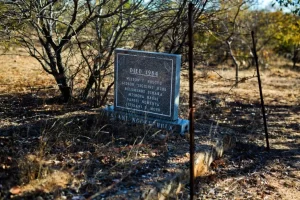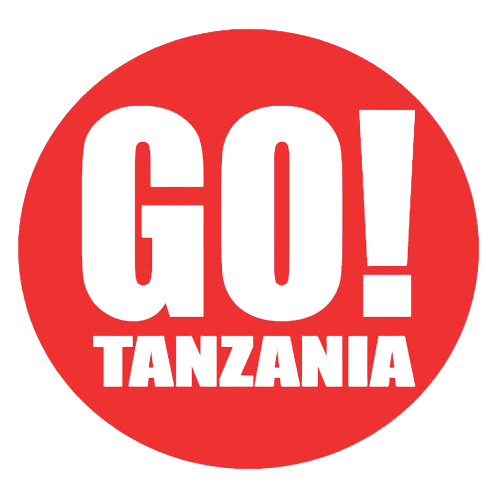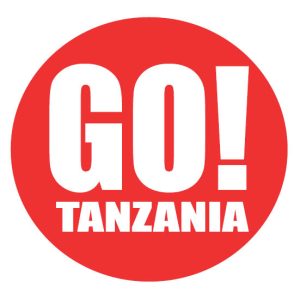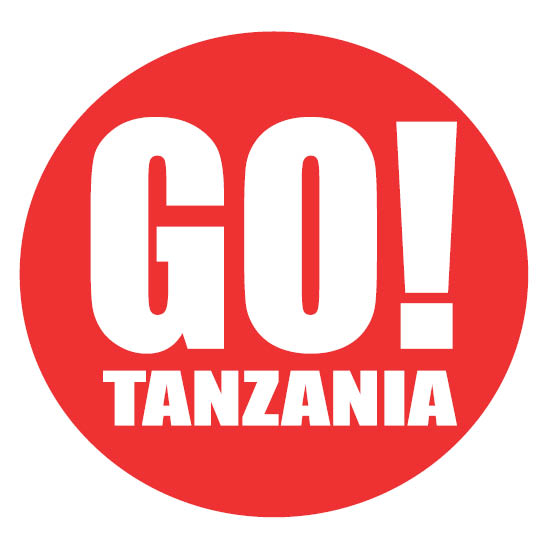President Emmerson Mnangagwa has launched an initiative to foster healing over the 1980s killings, but survivor communities are sceptical.

Many survivors say the ghosts of Gukurahundi are not yet at rest.
For decades, justice has eluded the thousands of people who were killed by a feared army unit in Zimbabwe’s southwestern and central provinces in the 1980s.
end of list
The murders – which some call have termed a “genocide” – are believed to have been committed on the orders of late former President Robert Mugabe, who ruled the Southern African country for more than 29 years, as he targeted political dissidents.
Some 40 years after the murders, Zimbabwean authorities last week launched a “community engagement” programme that officials say will promote “healing, peace and unity” in the survivor communities.
However, many of those affected are sceptical, and say justice cannot come from a government made up of officials who are alleged to have been involved in the killings, and one they say has not yet fully recognised the weight of the atrocities committed.
“It was a genocide, even the government knows that,” activist Mbuso Fuzwayo told Al Jazeera. “But there is no acknowledgement. That is one important aspect we expect from the government,” he said.
What was the Gukurahundi massacre?
Between 1982 and 1987, the Fifth Brigade, a North Korean-trained unit of the Zimbabwean army, cracked down on mostly Ndebele-speaking communities in the southwestern provinces of North and South Matabeleland, as well as the Midlands province located in the central area.
Codenamed Gukurahundi, meaning “the rain that washes away the chaff” in Shona, the operation was meant to target dissident fighters of the political party, Zimbabwe Africa People’s Union (ZAPU).
ZAPU, chaired by politician Joshua Nkomo, had the majority of its support from the minority Ndebele-speaking regions and was a rival faction to President Mugabe’s Zimbabwe Africa National Union (ZANU).
Although they both fought against white rule, and although Nkomo was minister of home affairs under Mugabe, both men distrusted each other. In 1982, Mugabe fired Nkomo, accusing him of plotting a coup to overthrow the newly independent country’s government, and promised to root out his supporters from positions of influence.
The Fifth Brigade, however, not only attacked ZAPU members, it also targeted civilians in mass numbers, and at random, including women and children. People were executed in public squares after digging their own graves or marched into buildings and burned alive.
“They killed, they raped, they tortured, they disappeared people,” Fuzwayo, who is secretary-general of the local rights group, Ibhetshu LikaZulu, said. His grandfather was one of those who went missing. “People were shot in broad daylight, people were starved to death because they were not allowed to move around to buy anything.”
Hundreds of young men of fighting age considered to be potential rebels were also targeted, and taken to concentration camps.
The massacres came to an end after the two rival factions agreed to integrate and form a national unity government in 1987. The exact number of those killed remains unclear, but local sources put it at at least 20,000 deaths.
Bodies were left in the burned buildings or deposited in mine shafts. Survivors recovered thousands, which now lie in many mass graves in the region.
Has the government tried to resolve the killings in the past?
Although the government has never officially acknowledged the killings, and has denied there was a genocide, some attempts were made by Mugabe’s government to investigate.
The first was the Chihambakwe Commission of Inquiry. It was set up in 1983 while the murders were still occurring, as the government faced immense pressure from international press and rights groups.
The commission, named after chairperson Simplicius Chihambakwe, investigated the killing of 1,500 people, including Ndebele dissidents and civilians. However, the government never made the findings public, as it argued the results would provoke more violence.
In 2013, Mugabe’s government established the National Peace and Reconciliation Commission. However, while the commission’s mandate includes encouraging unity by “encouraging people to talk about the past” it is not specifically empowered to address the Ndebele massacres.
Officials in the former president’s cabinet have said it was Mugabe who ordered the killings, but this has never been proven.
Mugabe’s government at the time denied the allegations. In 2000, the former president called the murders a “moment of madness”, but did not acknowledge direct responsibility. The Zimbabwean government has also not officially apologised for the killings.
Locals say they were not able to speak about the massacre for a long time, as they were fearful of reprisal attacks from soldiers.

What is the new reconciliation programme under Mnangagwa?
Since former Vice President Emmerson Mnangagwa took over the presidency in 2017, he has promised justice to survivors.
The president promised to conduct exhumations of the remaining victims’ bodies and conduct burials. He also pledged to work with local leaders and civil societies to issue death certificates for victims, as well as birth certificates to descendants – many of whom lost their identity documents when their parents were killed or when they were forced to flee amid the killings.
For the first time, Mnangagwa encouraged people to discuss the painful history openly.
In 2019, the president started to meet with Matabeleland chiefs and civil society organisations for consultations on how to bring about some form of restoration.
This July 16, Mnangagwa launched the Gukurahundi Community Engagement Programme at a ribbon-cutting ceremony in Bulawayo, the largest city in the Matabeleland region.
“This chapter serves as a stark reminder of the fragility of unity and the devastating consequences of disunity,” Mnangagwa said in a speech at the launch.
The programme is expected to see local chiefs lead the reconciliation process, supported by women’s representatives and religious leaders. It will consist primarily of community hearings where victims give their accounts and provide evidence. Officials say survivors will be provided with psycho-social support and benefits like pensions, health services, and free education. It is not clear when precisely the community hearings will begin.
Some in survivor communities say they have little hope in the exercise, primarily because Mnangagwa is himself implicated in the killings because he was the minister of state for national security between 1980 and 1988. That encompasses the period during which the Gukurahundi massacres occurred. Mnangagwa has repeatedly denied allegations of involvement in the past.
“There’s no difference between Mugabe’s government and Mnangagwa’s government, except that this government allows people to speak about what happened,” activist Fuzwayo said, arguing that a proper investigation should be run by external teams uninvolved in the massacre.
“People who were active in the extermination of people still hold the levers of power, and this government has refused to accept publicly: ‘Yes, we killed people.’ Mnangagwa can come out and say: ‘We did this.’ As long as that is not done, there will always be a culture of impunity in this country,” he added.
The Community Engagement Programme does not specify how perpetrators will participate, and if the shelved reports on the massacres will now be disclosed – a condition that many Ndebele activists have called for. It is also unclear if there will be monetary compensation for survivors and victims’ families.

Is Gukurahundi still affecting the Matabeleland regions?
Members of the Ndebele-speaking minority, who make up about 14 percent of the population, accuse successive governments of “marginalisation and exclusion” based on tribalism despite the end of the killings. Most are distrustful of the Shona-majority government.
The Matabeleland region, many say, is impoverished, lacks infrastructure or employment opportunities, and has failed to develop at the same pace as other provinces.
Many also point to the fact that a core of professionals were killed in the massacres, adding to the region’s lag in development.
“They killed the bulk of teachers, architects, the core of a society. Matabeleland has lost its identity – we were beaten into submission,” said Fuzwayo.
Zimbabwe, under both Mugabe and Mnangagwa, has a history of human rights violations and discrimination. As president, Mnangagwa has been accused of filling his cabinet with members of the Karanga community, a subgroup of Shona to which he belongs.
Source: Aljazeera



